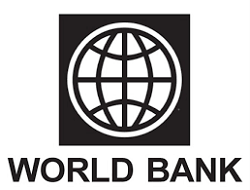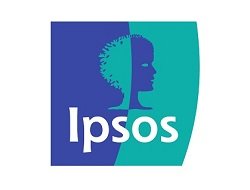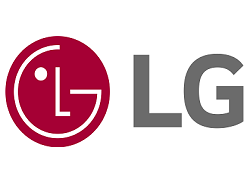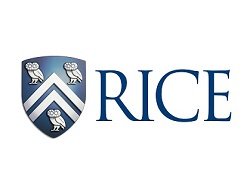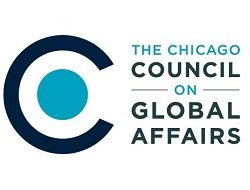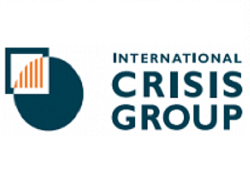IranPoll has thoroughly investigated voter turnout in previous Iranian elections and has developed a model that has very accurately predicted past Iranian presidential elections. This model is based on 5 questions:
The respondents’ self-reported probability to vote (the question below)
The respondents’ self-reported probability of changing his/or mind about voting before the election
The respondents’ history of voting in previous elections
The degree of importance the respondents attribute to the upcoming election
The degree of impact on the outcome the respondents attribute to the votes of people like them
This exclusive IranPoll Iranian Voter-Turnout Model, which has proven predictive in past Iranian presidential elections, continuously predicts the turnout rate if a presidential election where to be held at that date. Obviously, as we get closer to the election, the prediction will become more and more accurate.
A lot has been made about UMD-IranPoll Feb. 2021 survey’s question regarding the respondent’s likelihood of voting in the upcoming Iranian presidential election in June 2021 (Q60).
What is important to be said here is that values produced by such a question can only tell us about the attitudes of the respondents toward participation and cannot by itself tell us what the actual participation rate is going to be. This is not unique to elections in Iran and the fact that such direct questions about participation generally produce inflated numbers is a well-known phenomenon with which pollsters are well familiar.
For more on this issue, you may read:
Can Likely Voter Models Be Improved? Evidence from the 2014 U.S. House elections, By Scott Keeter and Ruth Igielnik, Pew Research Center https://www.pewresearch.org/methods/2016/01/07/measuring-the-likelihood-to-vote/
Rogers, Todd. 2012. Why Bother Asking? The Limited Value of Self-Reported Vote Intention. HKS Faculty Research Working Paper Series RWP12-001, John F. Kennedy School of Government, Harvard University https://dash.harvard.edu/handle/1/7779639
Jackman, Simon; Spahn, Bradley. Why Does the American National Election Study Overestimate Voter Turnout? Political Analysis; Oxford Vol. 27, Iss. 2, (Apr 2019): 193-207. DOI:10.1017/pan.2018.36
Dahlgaard, J., Hansen, J., Hansen, K., & Bhatti, Y. (2019). Bias in Self-reported Voting and How it Distorts Turnout Models: Disentangling Nonresponse Bias and Overreporting Among Danish Voters. Political Analysis, 27(4), 590-598. doi:10.1017/pan.2019.9



